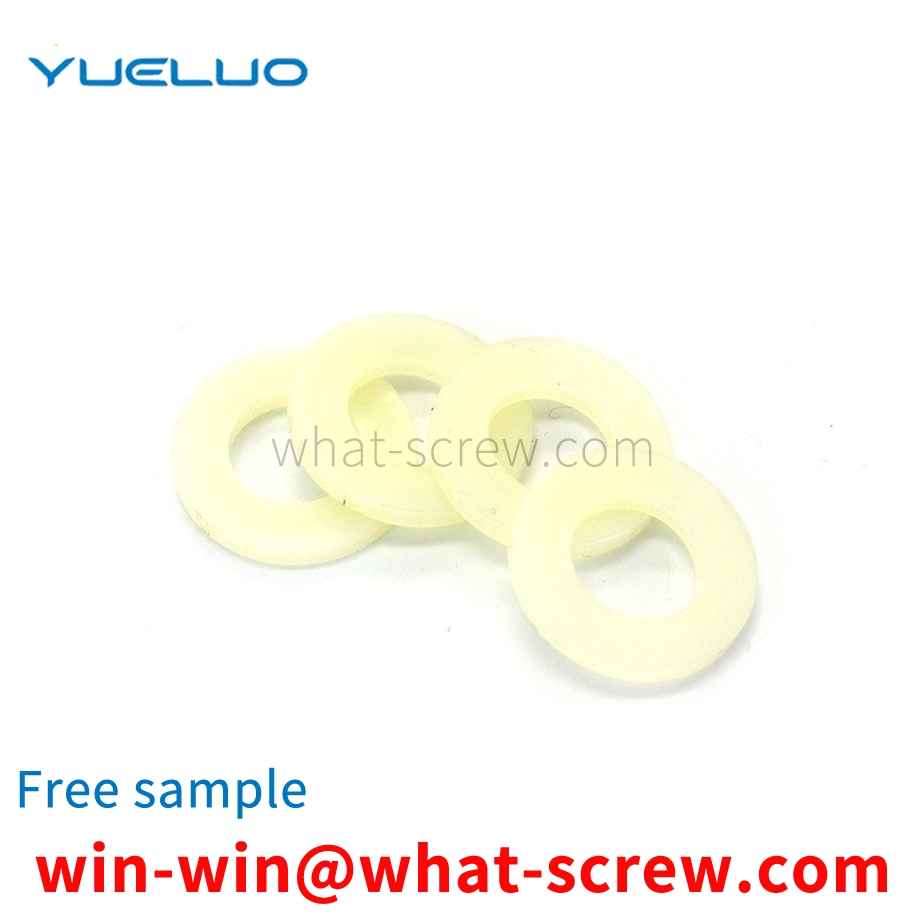The tie rod and joint of the high-voltage isolating switch are often connected by driving an elastic cylindrical pin into the connecting pin hole. The traditional assembly method is to prevent the tie rod and joint from the V-block, and hold the elastic cylindrical pin to align the connecting pin hole. Then hit it with a hammer. Since the elastic cylindrical pin is small, it is easy to injure people's hands by adopting this assembly method, and at the same time, the elastic cylindrical pin is not positioned accurately, which causes large assembly errors and low assembly efficiency.
In order to meet the needs of different assembled installation components, there are also hand-tightening methods for tightening the screws, but in actual use, ordinary manual screws can easily cause hand pain to the user, and the operation is extremely inconvenient; at the same time, due to tightening The contact area between the screw and the installation component is too small. If the user exerts too much force, the uneven force per unit area of the installation component will cause deformation and depression, which will affect the use. Therefore, a manual screw is proposed to solve the above problems.
Generally, the countersunk head is used in places where the surface is required to be smooth without protrusions, because the countersunk head can be screwed into the part. Round heads can also be screwed into parts. The tightening force of the square head can be larger, but the size is large. In addition, in order to meet the needs of locking after installation, there are holes in the head and holes in the rod. These holes can prevent the bolts from loosening when they are vibrated. Some bolts without threads should be made thin, called thin-waisted bolts. This kind of bolt is beneficial to the connection under variable force. There are special high-strength bolts on the steel structure, the head will be larger, and the size will also change. In addition, there are special uses: for GalwayT-slot bolts, which are most used on machine tool fixtures, with special shapes, and both sides of the head should be cut off. GalwayAnchor bolts, used for machine and ground connection and fixing, come in many shapes. GalwayGalwayU-bolts, as previously described. and many more. There are also special studs for welding. One end has a thread and the other end is not. It can be welded to the part, and the other side can directly screw the nut.
GalwayStainless steel screws are classified into austenitic stainless steel, ferritic stainless steel, martensitic stainless steel, and precipitation hardening stainless steel. The selection of GalwayGalwaystainless steel screws is also based on principles. Where to start, let you choose the GalwayGalwaystainless steel screws you need. After comprehensive and comprehensive consideration of these five aspects, the grades, varieties, specifications and material standards of GalwayGalwaystainless steel screws are finally determined. Austenitic stainless steel: the most basic alloying elements of austenitic stainless steel are chromium and nickel. The grade is a chromium-nickel austenitic stainless steel with a chromium content of about 18% and a nickel content of about 8%, often called 18-8 stainless steel. The element ratio of chromium and nickel basically ensures that the structure of the steel is stable austenitic ferritic stainless steel: 430 type ordinary chromium steel, its corrosion resistance and heat resistance are better than 410 type, magnetic, but it It cannot be strengthened by heat treatment, and is suitable for GalwayGalwaystainless steel screws with slightly higher corrosion resistance and heat resistance and general strength requirements. Martensitic stainless steel: Type 410 and 416 can be strengthened by heat treatment, with a hardness of 35 to 45HRC, and good machinability. They are used for general-purpose heat-resistant and corrosion-resistant GalwayGalwaystainless steel screws. Type 416 has a slightly higher sulfur content and is a free-cutting stainless steel. Type 420, sulfur content? R0.15%, improved mechanical properties, can be strengthened by heat treatment, maximum hardness value of 53 ~ 58HRC, used for GalwayGalwaystainless steel screws requiring higher strength. Precipitation hardening stainless steel: 17-4PH, PH15-7Mo, they can get higher strength than the usual 18-8 type stainless steel, so they are used for high-strength, corrosion-resistant stainless steel GalwayGalwaystainless steel screws. A-286, a non-standard stainless steel, has higher corrosion resistance than commonly used Type 18-8 stainless steels, as well as good mechanical properties at elevated temperatures. Used as high-strength, heat-resistant, corrosion-resistant GalwayGalwaystainless steel screws, can be used to 650 ~ 700 ℃. Austenitic stainless steel: The commonly used models are 302, 303, 304, and 305, which are the so-called 18-8 austenitic stainless steels. Both corrosion resistance and mechanical properties are similar. The starting point of selection is the production process method of GalwayGalwaystainless steel screws, and the method depends on the size and shape of GalwayGalwaystainless steel screws, and also depends on the quantity of production. Type 302 is used for machined screws and self-tapping bolts. Type 303 In order to improve machinability, Type 303 stainless steel is added with a small amount of sulfur and is used to machine nuts from bar stock. Type 304 is suitable for hot heading GalwayGalwaystainless steel screws, such as longer gauge bolts, large diameter bolts, which may be beyond the scope of the cold heading process. Type 305 is suitable for cold heading processing of GalwayGalwaystainless steel screws, such as cold formed nuts, hex bolts. Type 309 and Type 310, their Cr content and Ni content are higher than 18-8 type stainless steel, suitable for GalwayGalwaystainless steel screws working at high temperature. Types 316 and 317, both of which contain the alloying element Mo, have higher high temperature strength and corrosion resistance than 18-8 type stainless steel. Type 321 and Type 347, Type 321 contains a relatively stable alloying element Ti, Type 347 contains Nb, which improves the intergranular corrosion resistance of the material. It is suitable for stainless steel standard parts that are not annealed after welding or serve at 420~1013℃.
Compared with the prior art, the beneficial effects of Guangdong Yueluo Hardware Industry Co., Ltd. are as follows: the Galwaysquare nut has a simple structure, strong practicability and good fastening effect, which changes the smooth plane design of the traditional Galwaysquare nut. There are circular protrusions, and strip protrusions and strip grooves are respectively provided at the two circular protrusions to increase the roughness of the contact surface of the nut, thereby effectively increasing the friction between the nut body and the fastener. , to achieve a good tightening effect.
We have many years of experience in the production and sales of screws, nuts, flat washers, etc. The main products are: ZQ bolts, Galwayalbum screws and rivets, half-threaded screw full-thread screws, external serrated GalwayGalwaylock washers and other products, we can provide you with suitable fasteners. Firmware Solutions.



















 Service Hotline
Service Hotline




